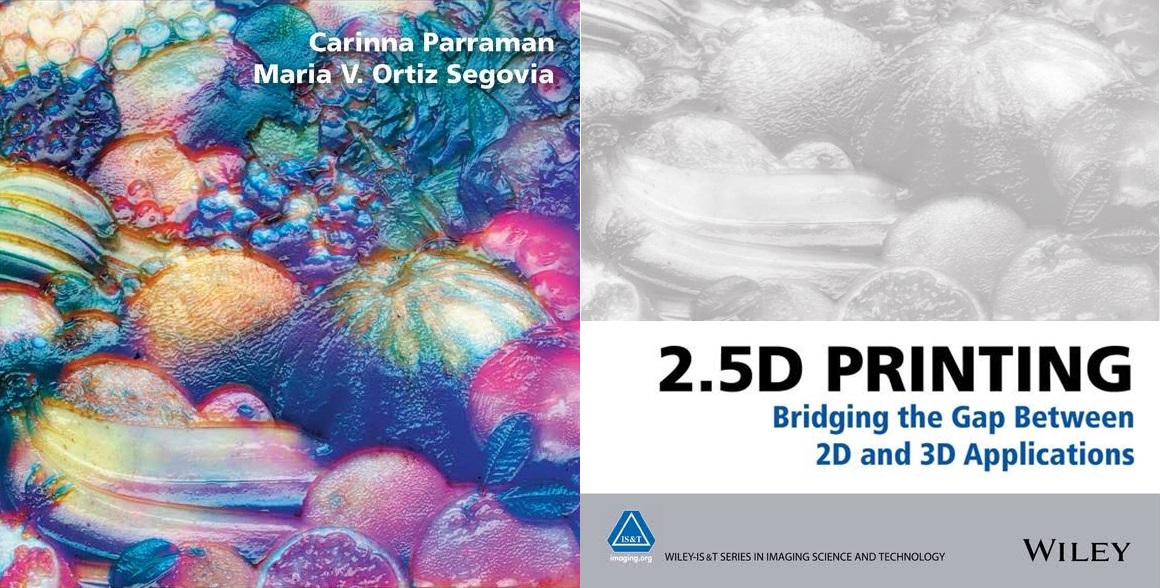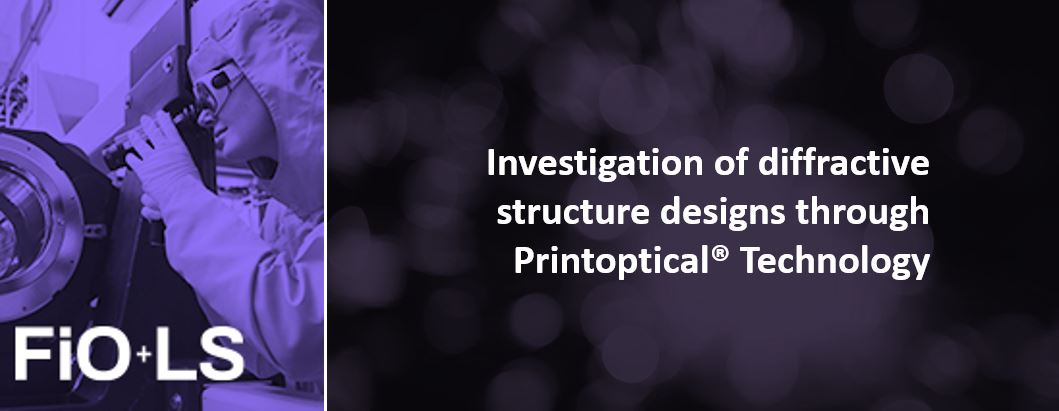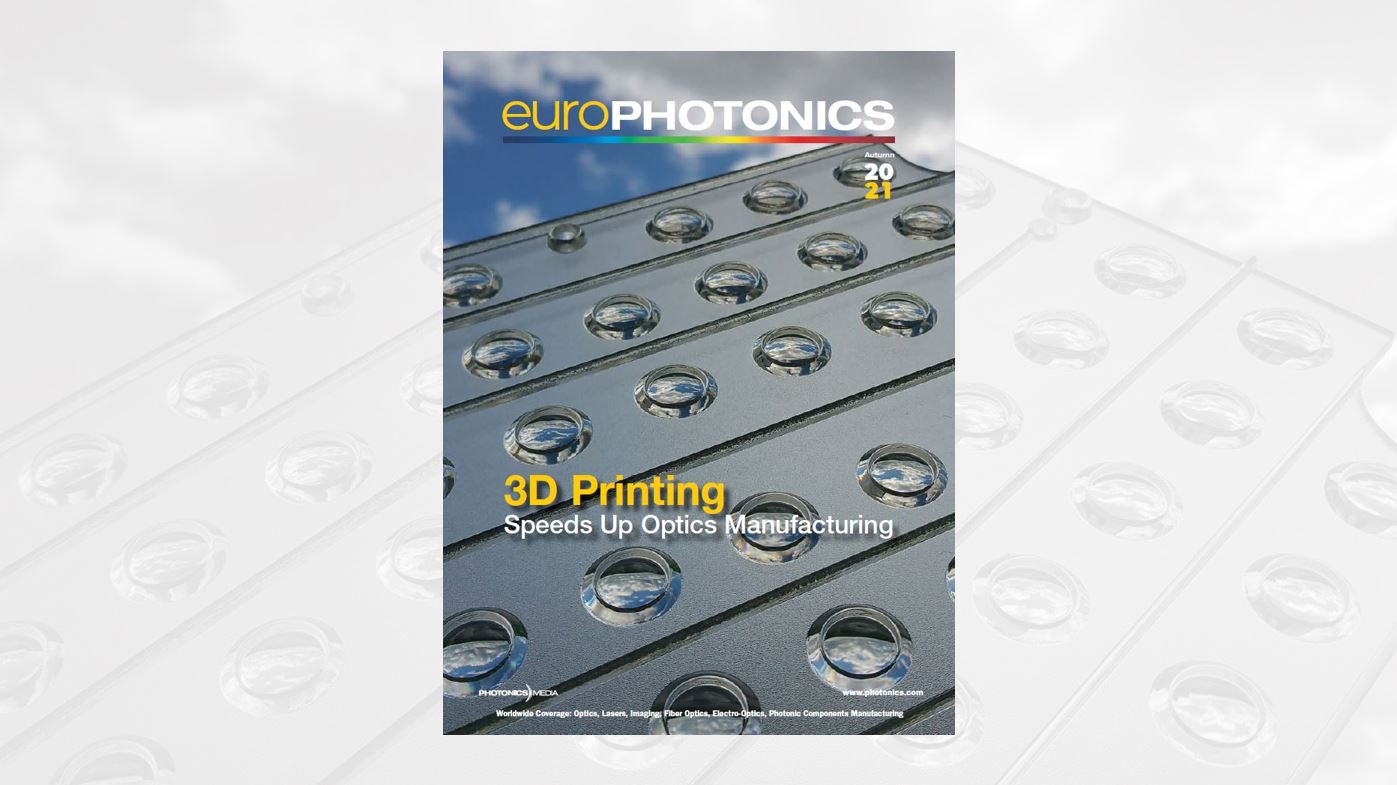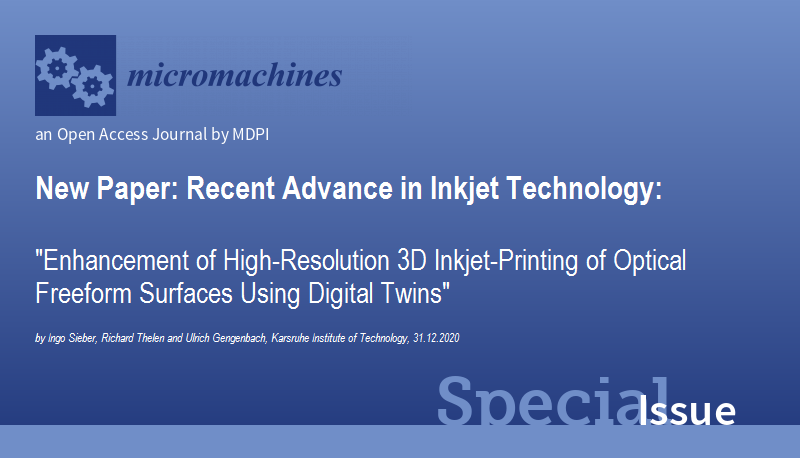2.5D Printing: Bridging the Gap Between 2D and 3D Applications
2.5D Printing by Carinna Parraman and Maria V. Ortiz Segovia, is a hands-on guide that provides visual inspiration, comparisons between traditional and digital technologies, case studies, and a wealth of references to the world of texture printing. A guide that examines the history and current state of 2.5D printing and explores the relationship between two and three dimensions.
The Relationship between 2D- and 3D Printing
2.5D Printing: Bridging the Gap Between 2D and 3D Applications examines the relationship between two- and three-dimensional printing and explores the current ideas, methods, and applications. It provides insights about the diversity of our material culture and heritage and how this knowledge can be used to design and develop new methods for texture printing.

In the book, the authors deeply review the evolving research and interest in working towards developing methods to capture, measure and model the surface qualities of 3D and 2D objects, represent the appearance of surfaces, material and textural qualities, and print or reproduce the material and textural qualities.
Reflections on 2.5D Printing from the Field
The text reflects information on the topic from a broad range of fields including science, technology, art, design, conservation, perception, and computer modelling. 2.5D Printing: Bridging the Gap Between 2D and 3D Applications provides a survey of traditional methods of capturing 2.5D through painting and sculpture, and how the human perception is able to judge and compare differences.
This important text:
- Bridges the gap between the technical and perceptual domains of 2D and 3D printing
- Discusses perceptual texture, color, illusion, and visual impact to offer a unique perspective
- Explores how to print a convincing rendering of texture that integrates the synthesis of texture in fine art paintings, with digital deposition printing
- Describes contemporary methods for capturing surface qualities and methods for modelling and measuring, and ways that it is currently being used
- Considers the impact of 2.5D for future technologies
Luximprint – Microstructural Textures
In the book, Luximprint, as a service provider for additively fabricated functional optical and decorative plastics and utilizer of a unique additive optics fabrication technology, has been part of a case study called ‘Micro-structural Textures’. The case study incorporates historical, design and architectural references, as well as contemporary digital, printing and research updates.
For availability of the book and further information on the study, please visit the companion website at: www.wiley.com/go/bridging2d3d.





![3D printen een van de 5 trends in de kunststoffenindustrie [NL]](https://www.luximprint.com/wp-content/uploads/2021/09/Luximprint_3D-Print-Magazine_Article-Kunststoffenbeurs-2021.jpg)











